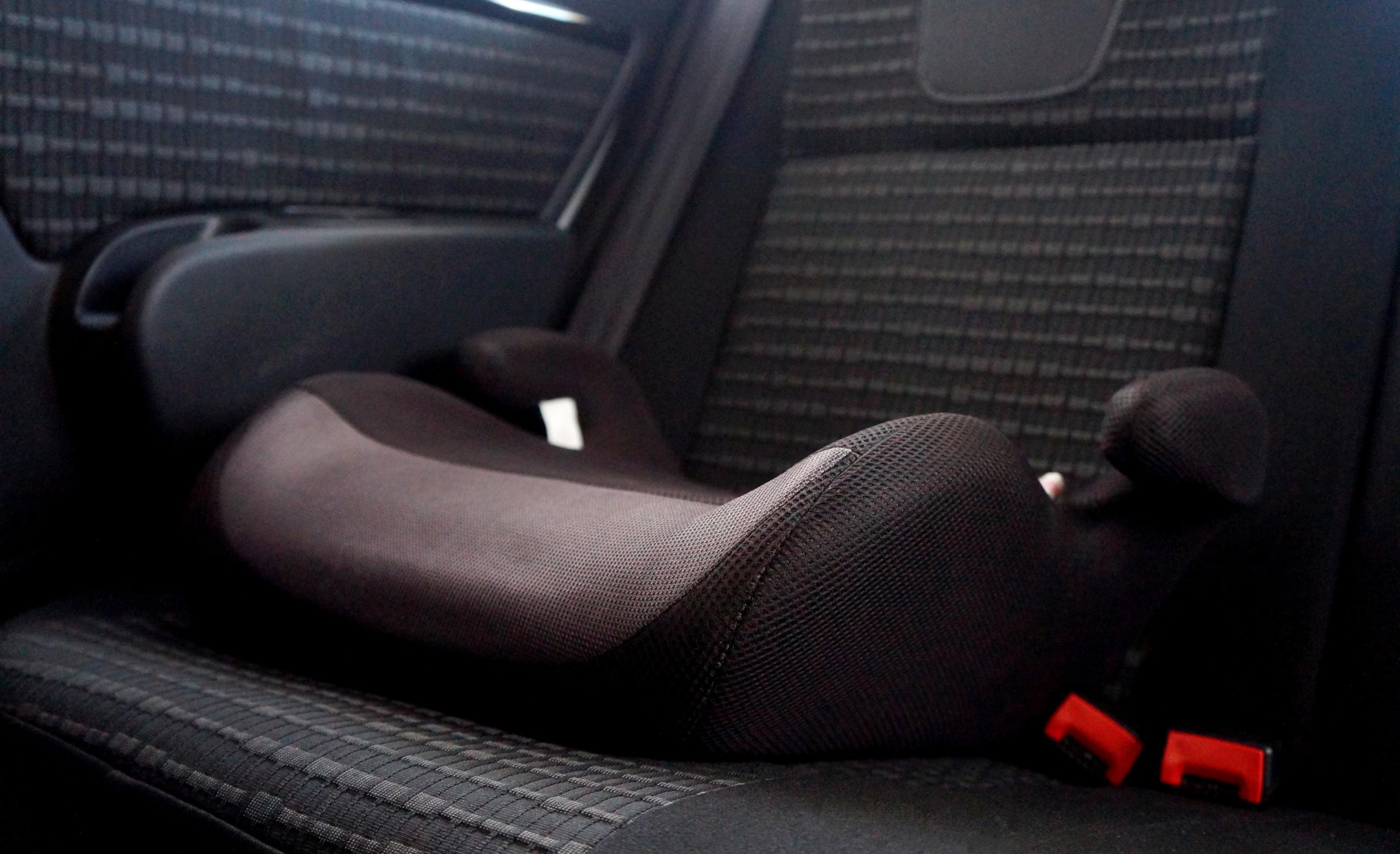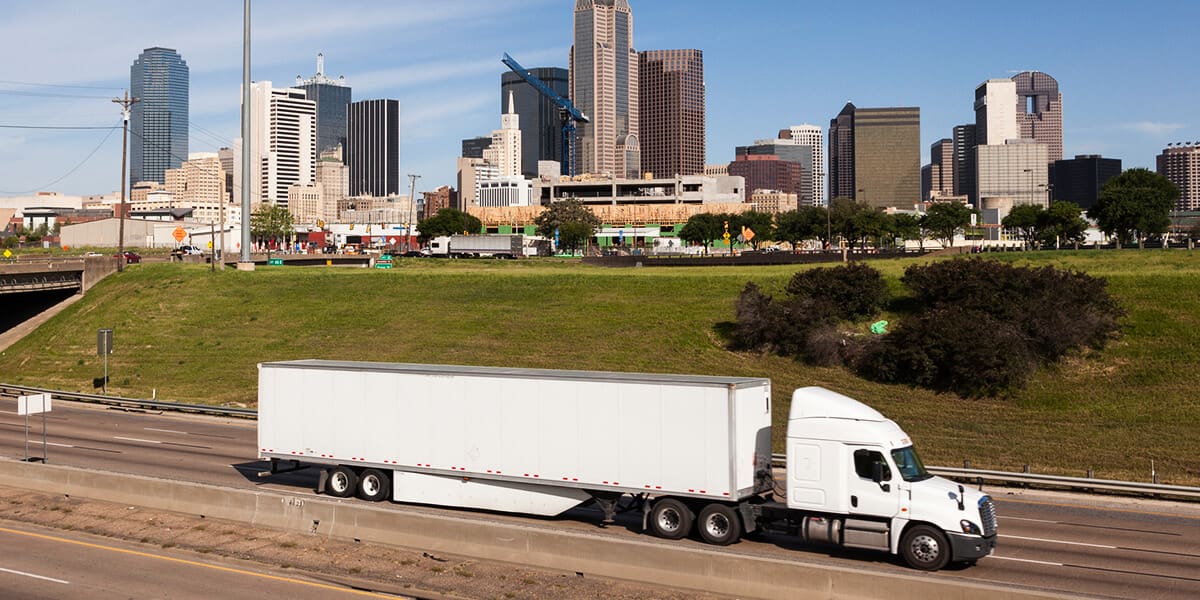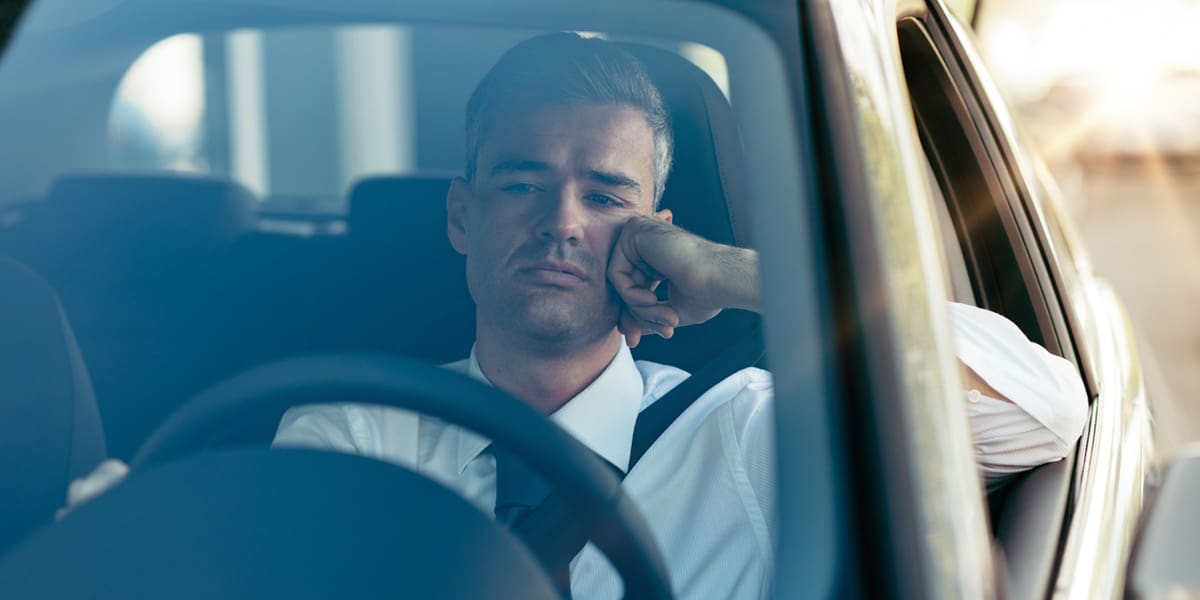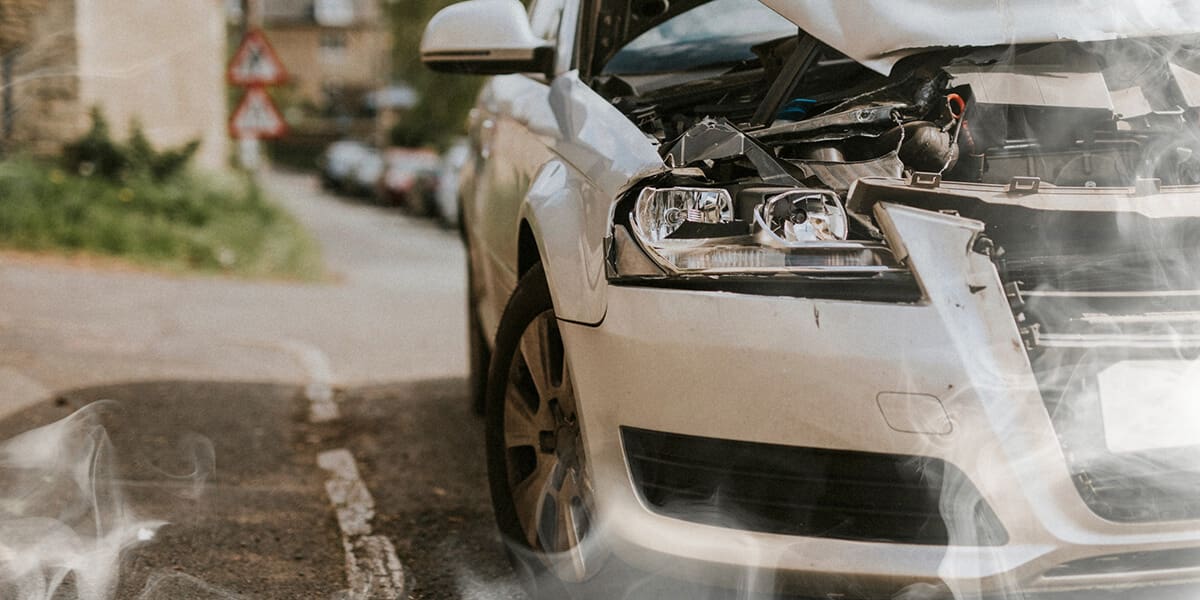Child Car Seat Installation Tips

Do you need help with car seat installation? Car seats are a critical part of keeping your children safe in the event of an accident. According to the National Highway Traffic Safety Administration (NHTSA), 46% of car seats are installed incorrectly. This can lead to serious injuries and even fatalities. Fortunately, there are a few simple car seat installation tips Thomas J. Henry would like to share to help guarantee car seats are being correctly installed, ensuring the safety of children while riding in a vehicle.
The Importance of Car Seats
A car seat is important in minimizing risk of injury to children. Car seats are essential for keeping children safe in the car. They are designed to reduce the risk of injury in the event of a collision. In 2019, 38% of child deaths in fatal accidents were partially due to not wearing the proper restraints. Properly installing a car seat that is the correct size and age for your child can save their life.
Rear-Facing Car Seat Installation
Rear-facing car seats are the safest way for infants and toddlers to travel in a car. They provide better support for the head, neck, and spine than forward-facing car seats, which is especially important for babies whose bones and muscles are still developing.
All infants and toddlers should ride in a rear-facing car seat until they reach the highest weight or height limit allowed by their car seat manufacturer. Most children can ride rear-facing for at least 2 years, and some can ride rear-facing for up to 4 years.
In the event of a crash, a rear-facing car seat hugs and supports every part of an infant or baby’s body, rather than just the seat belt contact points. This is crucial for the safety of your child in a collision!
How to use a rear-facing car seat:
- Place the base on the seat. Many car seats come with angle adjusters. Adjust it to read between 30 and 45 degrees.
- Secure the base with the seat belt or LATCH (Lower Anchors & Tethers for Children) system. If you’re using the seat belt, thread it through the belt path on the car seat and buckle it. Then, pull the shoulder portion of the belt to tighten it. The car seat should not move more than one inch from side to side or forward at the belt path. If you’re using the LATCH system, locate the LATCH anchors on the vehicle’s seat and connect the car seat to them. Make sure the LATCH connectors are clicked securely in place.
- Place your child in the car seat rear-facing. Their back should be flat against the seat and their shoulders should be level with their harness straps.
- Secure your child with the harness. The harness straps should be snug but not too tight. You should not be able to pinch any slack between the straps and your child’s chest. The chest clip should be centered on your child’s chest, at the level of their armpits.
- Once your child is properly secured in the car seat, check the angle of the base again to make sure it is still between 30 and 45 degrees.
Safety tips for rear-facing car seats:
- Keep your child in a rear-facing car seat as long as possible. The American Academy of Pediatrics recommends that children stay in a rear-facing car seat until they reach the top height or weight limit allowed by their car seat manufacturer.
- Make sure the car seat is properly installed and secured each time you use it.
- Check the harness straps and chest clip to make sure they are snug but not too tight.
Forward-Facing Car Seat Installation
Forward-facing car seats use a five-point harness to spread out the force of an impact, protecting key areas of a child’s growing body.
It is best for children to remain rear-facing until they reach the highest weight or height limit allowed by their rear-facing car seat. Once a child has reached the rear-facing weight or height limit, they are ready for a forward-facing car seat. However, it is important to note that forward-facing car seats are not as safe as rear-facing car seats for younger children. This is because the harness in a forward-facing car seat does not support the head, and it can be thrown forward in a collision.
If you must move your child to a forward-facing car seat before they have reached the highest weight or height limit allowed by their rear-facing car seat, be sure to choose a seat with a five-point harness. The five-point harness will help to distribute crash forces and protect your child in a collision. Children will stay in a forward-facing seat with a five-point harness until they are around 5-7 years old.
How to use a forward-facing car seat:
- Make sure the car seat is firmly in place and at the right angle.
- Use the top tether to secure the car seat to the vehicle. The top tether will help to prevent the car seat from rotating forward in a collision.
- Place your child in the car seat and buckle the harness. Make sure the harness straps are snug and that the child’s chest clip is centered and the harness straps are placed at or above shoulder level.
Safety tips for forward-facing car seats:
- To use a forward-facing seat safely, keep your child in a forward-facing car seat with a harness and tether until they reach the highest weight or height limit allowed by your car seat’s manufacturer. Always make sure the car seat is properly installed and that the harness is snug every time your child rides in the car.
Booster Seats
As your child grows, they will eventually outgrow their car seat. At this point, when a child is past the exceeded height and weight limits it’s time to transition to a booster seat. Booster seats are raised up so that the vehicle’s lap and shoulder belt fits properly across the child’s hips and chest, and away from their belly and neck. Most models have weight limits ranging from 40 to 90 pounds. You can also tell that your child is too tall for their car seat when their ears are at the same level as the top of the seat, which may mean they are due for a new booster seat.
Research has shown that booster seat use reduces the risk of serious injury by 45% for children ages 4-8, when compared with seat belt use alone.
When to use a booster seat:
According to the U.S. Centers for Disease Control and Prevention (CDC), children should use a booster seat until the seat belt fits properly without a booster seat. A seat belt fits properly when the lap belt is across the upper thighs (not the stomach) and the shoulder belt is across the center of the shoulder and chest (not across the neck or face, and not off the shoulder). This usually occurs when children are between 9 and 12 years old.
How to choose a booster seat:
There are two main types of booster seats: high-back and backless. High-back booster seats provide more support and protection than backless booster seats, and they are recommended for younger children. Backless booster seats are more portable and can be used in vehicles that don’t have a back seat.
When choosing a booster seat, it is important to make sure that it is the right size and fit for your child. The booster seat should have a weight capacity that is greater than your child’s weight. The shoulder belt should also go through the correct slots on the booster seat.
How to use a booster seat safely:
To use a booster seat safely, always make sure that your child is buckled up in the vehicle’s lap and shoulder belt. The lap belt should go across the upper thighs, and the shoulder belt should go across the center of the shoulder and chest.
Booster seats should always be used in the back seat of the vehicle. The back seat is the safest place for children to ride in the event of a crash.
Additional Help with Car Seat Installation
Accidents can still happen, so it’s important to make sure your car seat is installed correctly. If you’re unsure or want to take extra precautions with your car seat fitting, you can get a free inspection from a trained professional at a local police department, fire department, hospital, car dealership, or many other municipal or community facilities.
Contact an Experienced Car Accident Lawyer
If you or a loved one have been injured in a car crash, contact Thomas J. Henry. Our experienced Texas car accident lawyers have experience handling a multitude of injury accidents, no matter how severe the crash or injury. You may be entitled to compensation for your damages if another driver acted negligently. Our firm has the experienced personal injury lawyers and financial resources that you need to achieve the real results you deserve.
Our firm has offices in Corpus Christi, San Antonio, Austin, Dallas, and in Houston serving clients across Texas and nationwide. Call us today for a free case review — attorneys are available 24/7, nights and weekends. If you cannot make it to our office, we can visit you at your home, in the hospital, or at work.
Blog










